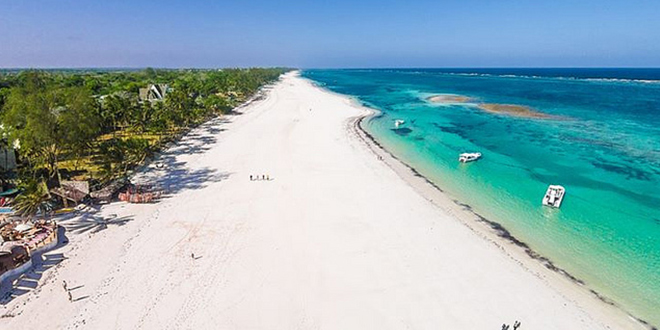- Tourists from around the globe are drawn to this region for its unique culture and ancient landmarks. Notable attractions include Mombasa Old Town and Fort Jesus. Mombasa Old Town serves as a living museum, showcasing centuries of trade and cultural exchange, with its predominantly Arabic architectural styles reflecting the historical presence of Arabs.
The coastal region of Kenya boasts a rich history shaped by unique Swahili and Arabic influences, stemming from centuries of trade with Arab and Persian merchants who brought their cultures and intermarried with local communities. This area is renowned for its ancient ruins and vibrant traditions.
While some customs are distinctly African, others reflect Swahili and Arabic heritage. The coastal gem is characterized by thriving towns like Mombasa, Malindi, and Lamu.
Kenya’s coastal history is filled with tales of traders, colonial conquests, and cultural exchanges that date back over a thousand years. Its strategic location along Indian Ocean trade routes established it as a hub for commerce, religion, and cultural integration, resulting in a fascinating blend of traditions and historic sites.
Tourists from around the globe are drawn to this region for its unique culture and ancient landmarks. Notable attractions include Mombasa Old Town and Fort Jesus. Mombasa Old Town serves as a living museum, showcasing centuries of trade and cultural exchange, with its predominantly Arabic architectural styles reflecting the historical presence of Arabs.

The Old Town’s streets, carved doors, and coral stone buildings transport visitors to an era of bustling trade along the Indian Ocean. Fort Jesus, built by the Portuguese in 1593 to protect trade interests, stands as one of the region's iconic landmarks.
It later came under Omani and British rule, before being managed by local Swahili. Today, it is a historical site featuring exhibits on pottery, weapons, and trade.
The coastal region is home to unique sites and traditions, such as Lamu Island, known for the distinct culture and dialect of the Bajuni people. Jumba la Mtwana in Kilifi reveals a rich history linked to the slave trade dating back to the 14th century.
Tourists are also attracted to Malindi's Vasco da Gama Pillar, a significant monument that marks the spread of Christianity in the region since 1498.

The Gedi Ruins, which thrived between the 12th and 17th centuries, alongside the Takwa ruins in Lamu and the sacred Kaya sites of the Mijikenda, contribute to the Kenyan coast’s reputation as a treasure trove of history, culture, and culinary delights.



-1766009103-md.jpeg)





-1766009103-sm.jpeg)


